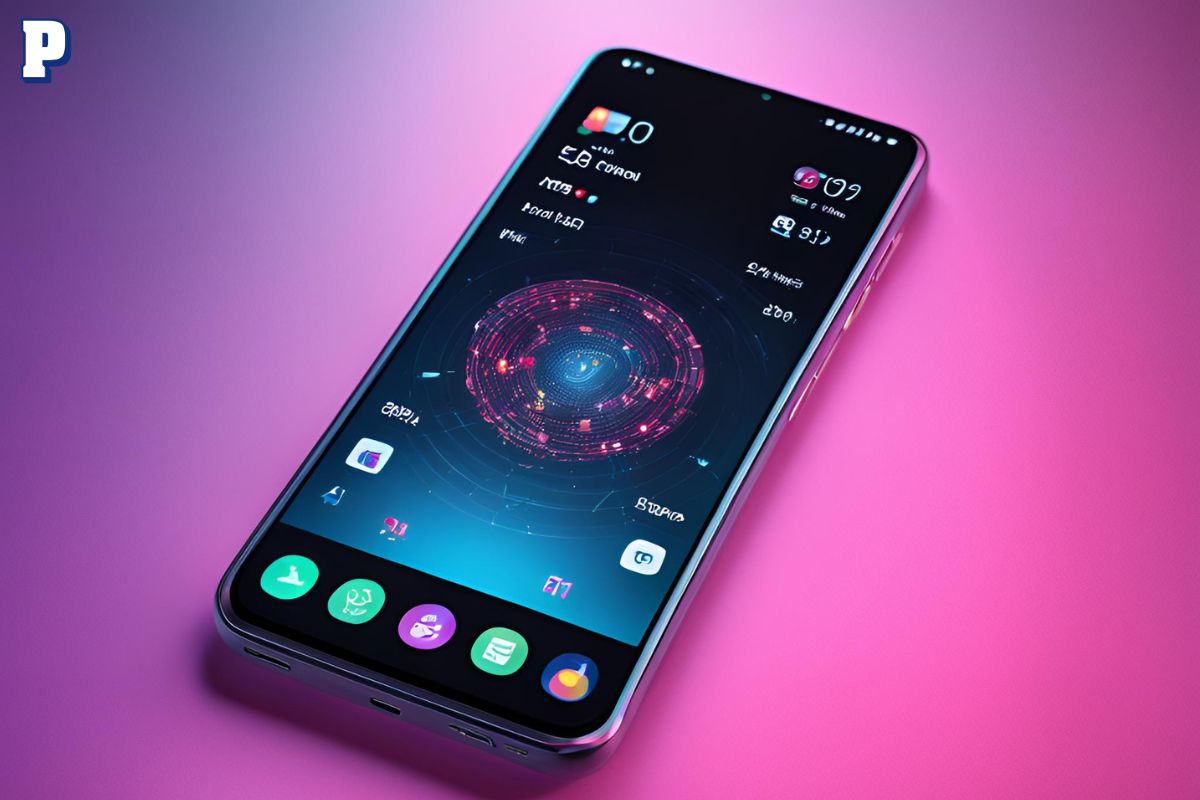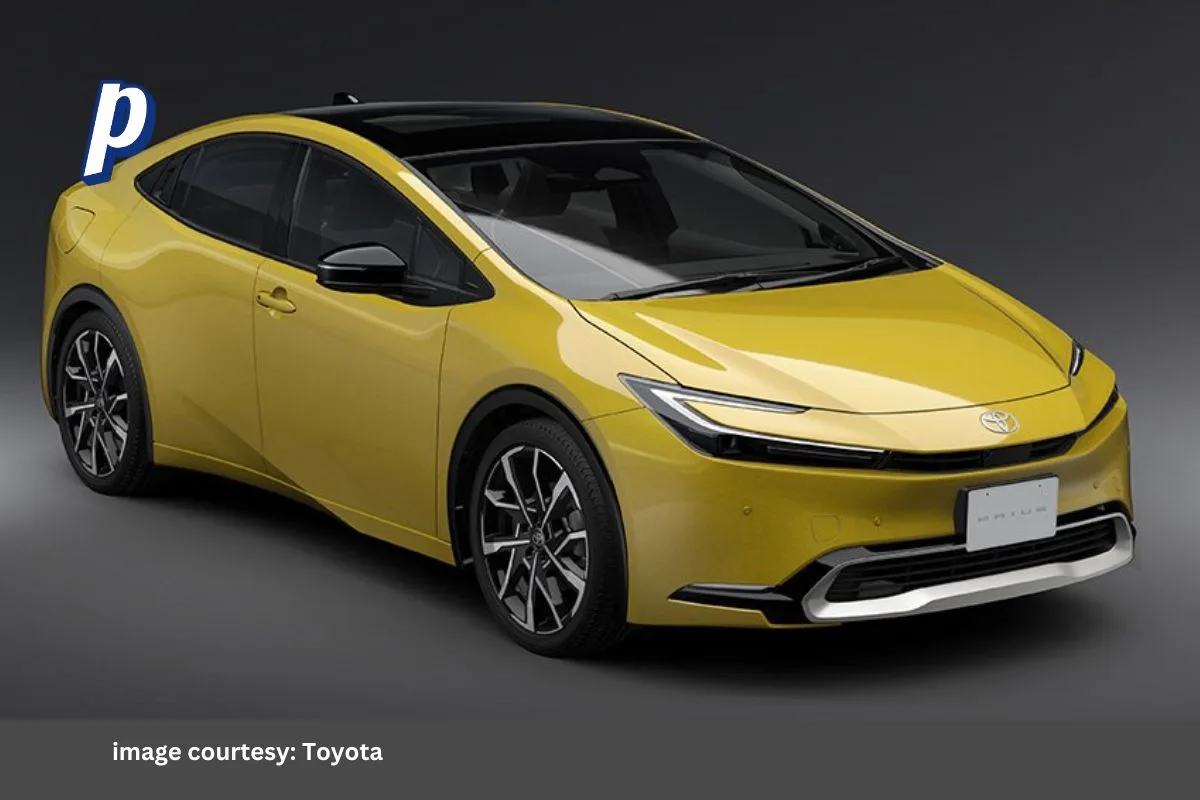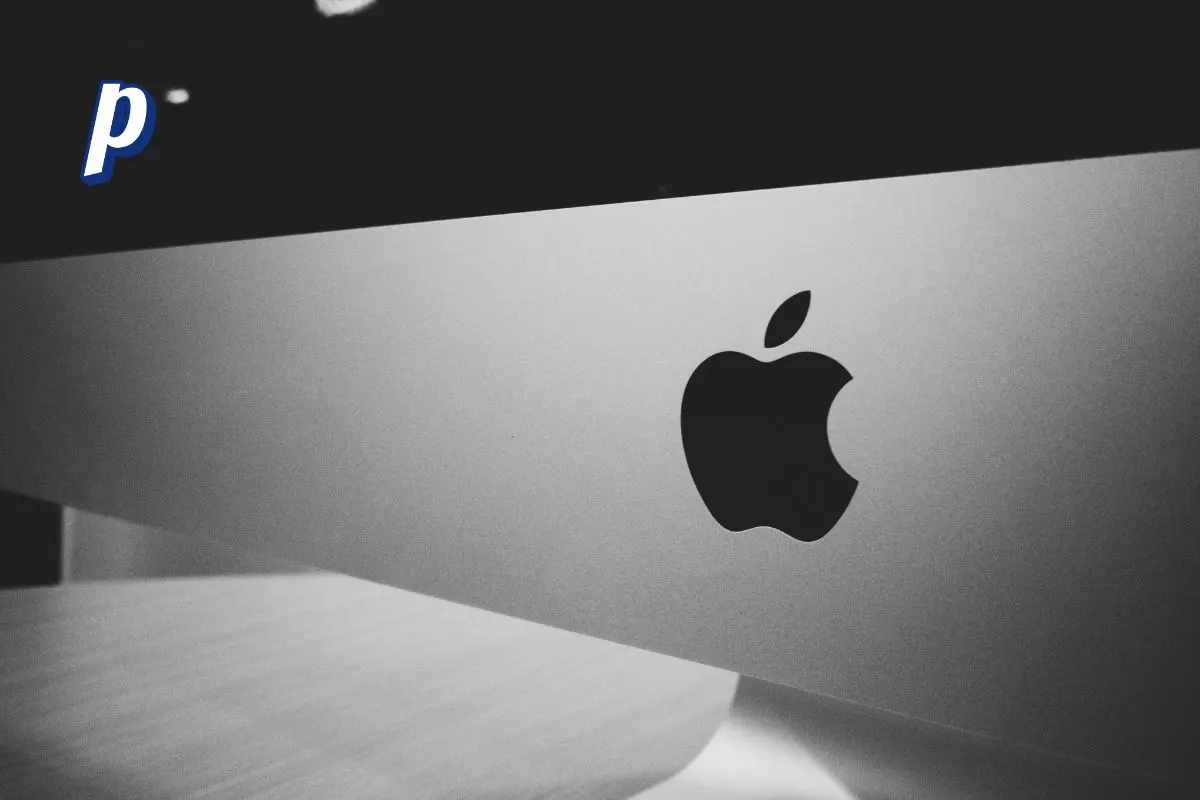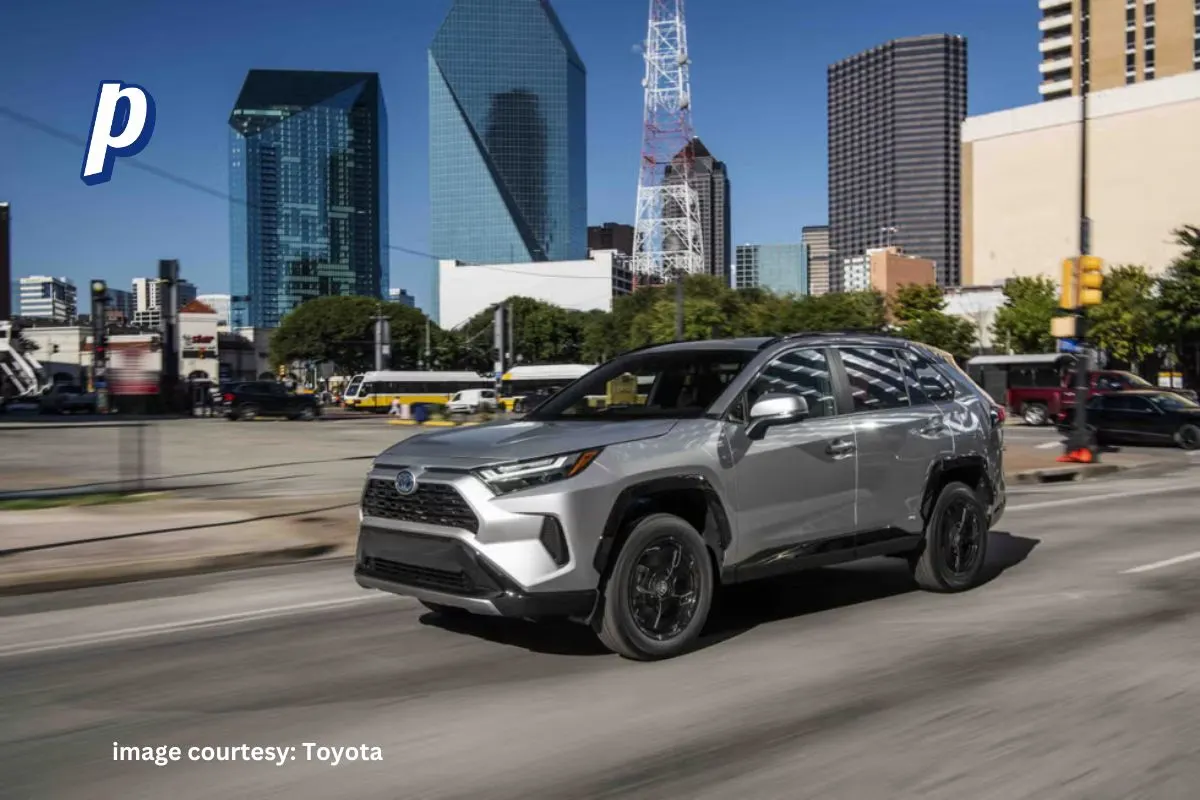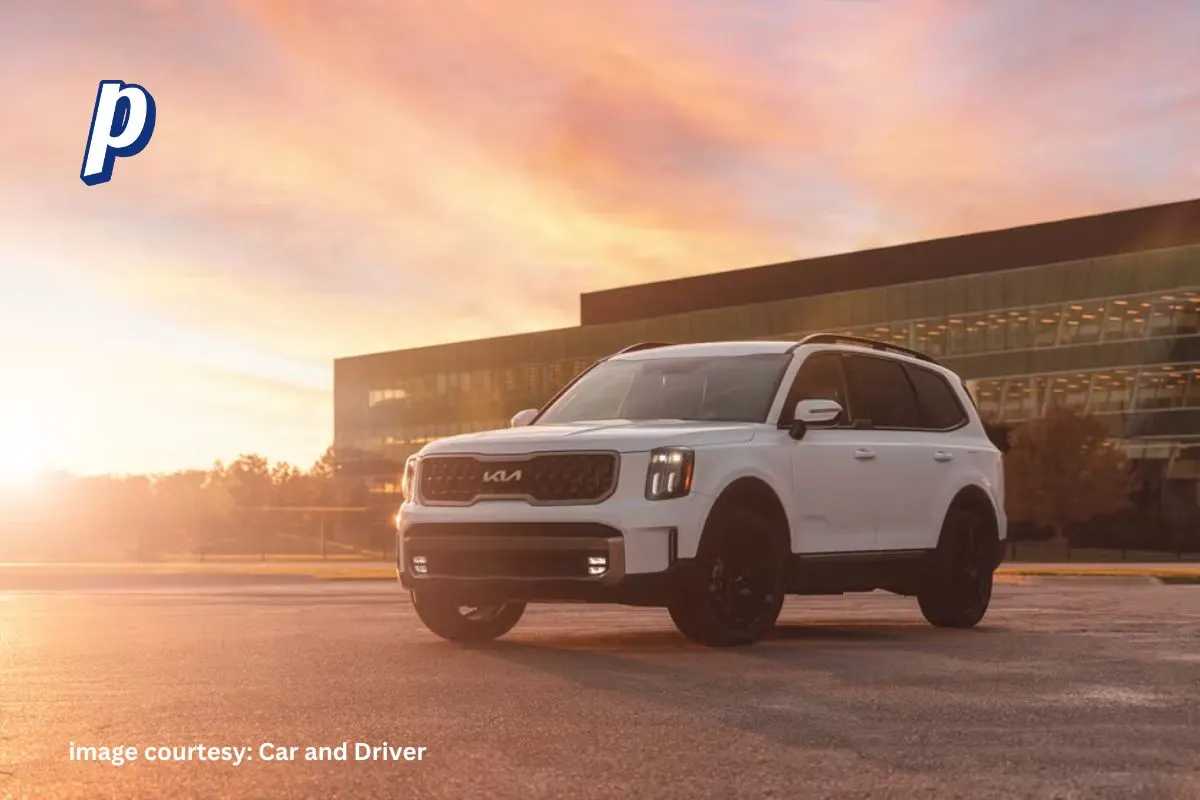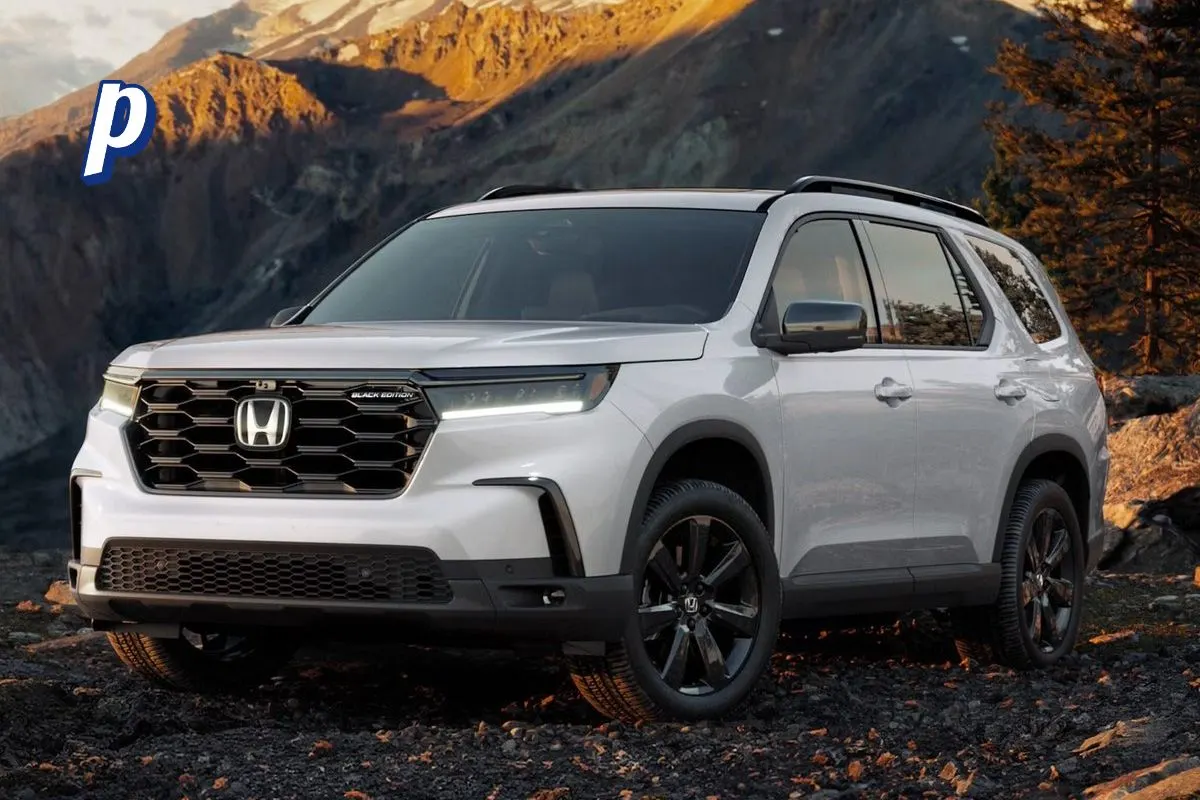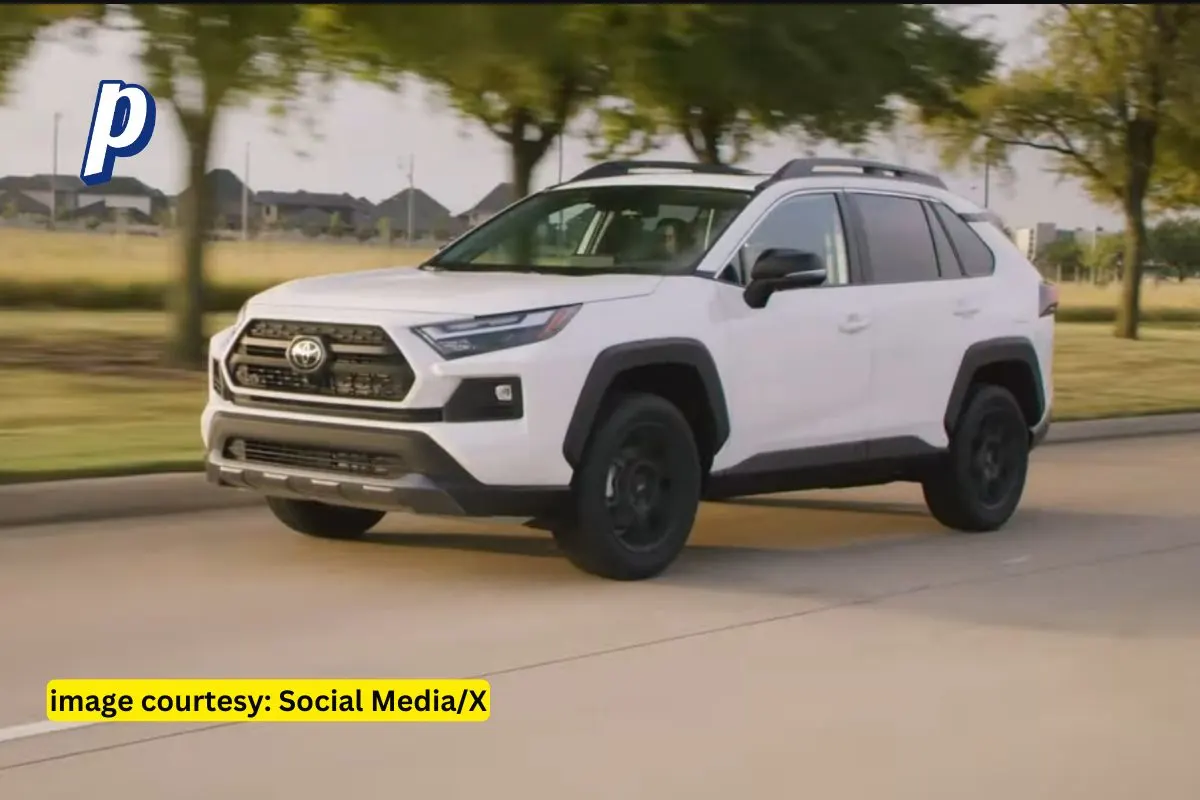As smartphone makers like Apple, Google, and Samsung continue to roll out new features, a recent CNET survey sheds light on what users truly value in their devices. While AI and foldable phones are dominating headlines, consumers remain focused on practical upgrades like longer battery life, more storage, and better cameras. Here’s what the survey revealed about the current state of smartphones and what’s driving buying decisions in 2024.
AI Features: Cool but Not Essential
Despite the hype around AI, many users aren’t sold on its necessity in smartphones.
- 25% of respondents don’t find AI features particularly helpful.
- Only 18% say AI integration is their main motivator for upgrading their phone.
- Nearly 45% are unwilling to pay for AI capabilities, citing subscription fatigue.
Apple, Google, and Samsung have all introduced cutting-edge AI tools this year. Apple’s iOS 18.2 brings features like ChatGPT integration for Siri and Image Playground, a text-to-image creation tool. Google’s Pixel 9 series highlights Gemini Advanced, an AI assistant capable of back-and-forth conversations. Samsung’s Galaxy AI focuses on simplifying everyday tasks like photo editing and language translation.
Read more: Apple’s Foldable iPad: A Game-Changer or Just Too Big to Handle?
However, consumers remain hesitant to embrace these features, with Gen Z and Millennials being the exception. Roughly 20% of respondents in these age groups find AI tools helpful, using them for tasks like photo editing, text summarizing, and even real-time conversations with AI assistants.
Privacy Concerns with AI
For many, privacy is a significant concern when it comes to AI.
- 34% of smartphone owners flagged privacy issues as a reason for skepticism.
Apple has taken a proactive approach, highlighting that its AI models often run on-device for added security. Google and Samsung have also addressed privacy, but concerns remain as these companies explore more cloud-based AI functionalities.
What Really Drives Smartphone Upgrades
When it comes to upgrading smartphones, the survey revealed that most consumers prioritize practical improvements:
- 61% want longer battery life, making it the top motivator.
- 46% seek more storage for photos, videos, and apps.
- 38% desire better camera features for high-quality photos and videos.
Other motivators include:
- Display size and screen quality (32%).
- Sticking with the same ecosystem, like iOS or Android (24%).
- Phone color, which remains a niche factor at 10%.
AI-driven upgrades, like smarter assistants or generative AI tools, ranked far lower. This indicates that while AI may feel like the future, consumers are more interested in features that enhance everyday usability.
Foldable Phones: Are Consumers Ready?
Despite the buzz around foldable phones like Samsung’s Galaxy Z Flip and Fold 6 or Google’s Pixel 9 Pro Fold, consumer interest remains lukewarm.
- 52% of respondents said they’re not interested in buying a foldable phone.
- Only 13% expressed interest in purchasing one within the next two years.
Foldables are seen as innovative, but practical concerns—like durability, price, and size—keep many users from jumping on board. With Apple yet to enter the foldable market, experts speculate that a foldable iPhone could spark wider adoption, though such a device is still years away.
Subscription Fatigue: A Barrier to AI Adoption
As tech giants experiment with monetizing AI features, consumers are already pushing back. Nearly half of smartphone users are unwilling to pay monthly fees for AI capabilities, especially given the growing burden of subscription costs.
A CNET study earlier this year found that US adults already spend an average of $91 per month on subscription services, and two-thirds of respondents reported recent price increases. Adding another fee for AI features may be a tough sell.
How Often Do People Upgrade Their Phones?
With flagship devices priced between $800 and $1,200, it’s no surprise that consumers are upgrading their phones less frequently:
- 44% wait until their phone breaks or needs replacing.
- 30% keep their phones for three years or longer.
- Only 8% upgrade annually, while 18% upgrade every two years.
Apple users are particularly loyal to their devices, with one-third of iPhone owners waiting three years or more before upgrading. The lack of a price hike on the iPhone 16 may encourage more frequent upgrades, but it’s clear most consumers are prioritizing value over the latest features.
Key Takeaways for Smartphone Makers
While innovation is critical, the CNET survey underscores that consumers want practical improvements over flashy features:
- Focus on improving battery life, storage, and camera quality, which remain top priorities for buyers.
- Address privacy concerns around AI to build trust and encourage adoption.
- Tread carefully with subscription fees for AI features, as consumers are already feeling stretched.
As foldable phones and AI features continue to evolve, manufacturers will need to find ways to make these technologies both practical and accessible to win over skeptical buyers.
What’s your top priority when upgrading your smartphone? Let us know in the comments below!
